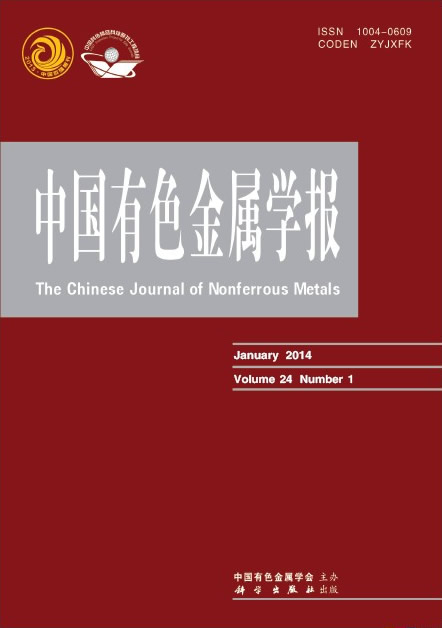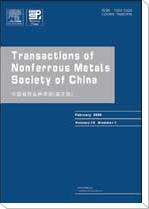中国有色金属学报(英文版)
Transactions of Nonferrous Metals Society of China
| Vol. 35 No. 9 September 2025 |
(1. Tianjin Key Laboratory of Materials Laminating Fabrication and Interfacial Controlling Technology, School of Materials Science and Engineering, Hebei University of Technology, Tianjin 300130, China;
2. Guangzhou Huitian Intelligence Technology Co., Ltd., Guangzhou 511400, China;
3. Baomarc (Hefei) Technology Co., Ltd., Hefei 238000, China;
4. School of Materials Science and Engineering, Hefei University of Technology, Hefei 230009, China;
5. PLA AAAAD, Hefei 230031, China;
6. Department of Materials Science and Engineering, Seoul National University, Seoul 08826, Korea)
Abstract:The microstructure and mechanical properties of 2524 Al alloy after quenching in liquid nitrogen (LN2) were investigated by TEM and compared with those of cold water quenching. The results show that the LN2 quenching process effectively induces the formation of dislocation loops. These loops become large and unevenly distribute after aging for 15 min. Furthermore, such loops become rapidly immobilized by the precipitation of coarse S phases after 1 h aging. The alloy quenched in LN2 demonstrates superior peak hardness and displays a more rapid response to subsequent aging treatments compared with the cold water-quenched one. Despite the short aging time, LN2-quenched sample achieves tensile strength of 488 MPa. This enhanced strength is attributed to the strengthening effect of numerous finely dispersed Guinier-Preston-Bagaryatsky (GPB) zones, in conjunction with the inhomogeneous formation of S phase on the dislocation loops.
Key words: 2524 Al alloy; LN2 quenching; dislocation loop; GPB zone; S phase


